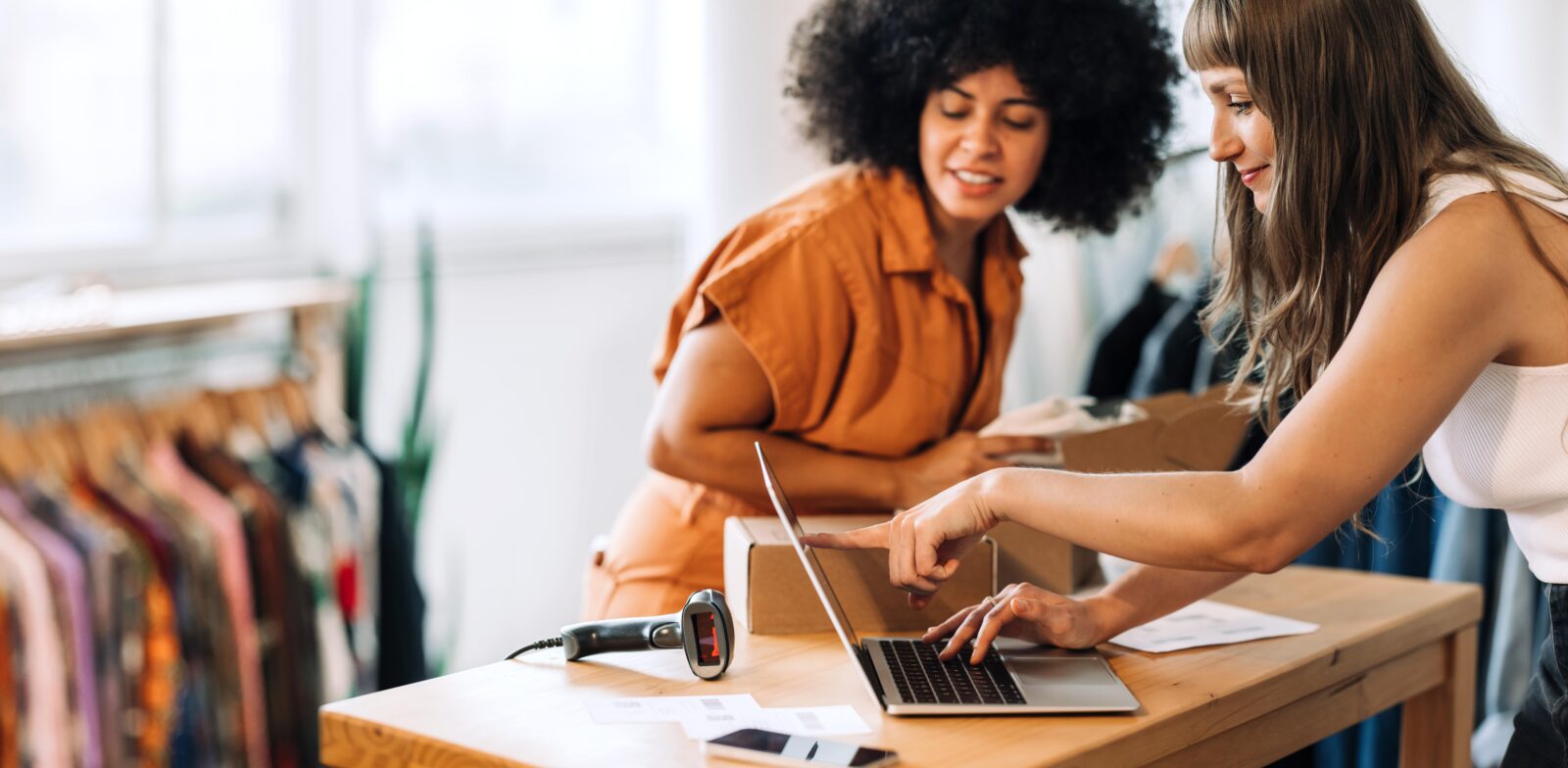If the massive popularity of online shopping cast a shadow over traditional retailers for a while, omnichannel fulfillment has proved to be a ray of sunshine. Retail giants such as Walmart, Best Buy, Target, Macy’s and Gap have demonstrated this in recent months, utilizing their long list of brick-and-mortar locations to fulfill online orders, giving them competitive edge over more centralized online retailers like Amazon.
In short – a warehouse in another state can’t match the fulfillment speed, customer experience, or cost savings of a store that’s right down the street.
But for companies of any size, the challenges involved with rolling out a store fulfillment program can be daunting. Among other considerations, it involves:
- Training eCommerce and in-store staff
- Ensuring inventory is updated across channels in real time (51% of retailers estimate that 2-10% of their in-store pickup orders cannot be fulfilled due to inaccurate store inventory)
- Transitioning from legacy systems
- Making decisions about workflow and revenue attribution (Who receives credit for an in-store pickup? The eCommerce team, the store team, or can it be both?)
- Considering costs of implementing a new system before it has generated revenue
These obstacles shouldn’t outweigh the huge opportunity in omnichannel fulfillment, so we have outlined three steps for you to launch a successful store fulfillment program.
1. Start with inventory lookup
71% of consumers expect to view in-store inventory online, and while this should make implementing inventory lookup a no-brainer, only 32% of retailers are actually providing this functionality (Forrester survey). Inventory lookup allows your customer to see real-time inventory during their shopping experience, enticing them to visit local stores where your product is stocked. Not only does inventory lookup improve the overall shopping experience of the consumer, but drives foot traffic to your stores where additional purchases are commonly made.
Implementation of inventory lookup requires very little staff training and is simple, making it a great place to start your omnichannel fulfillment strategy. We recommend first launching inventory lookup across a regional set of stores (such as the Pacific Northwest). Once you have success in one location, scaling up is simple – and effective.
2. Next, implement ship-from-store
Finding a balance between physical and digital shopping has never been more critical for both brands and retailers. In a recent USA Today article, Retail Industry Analyst Matt Nemer calls ship-from-store, “the most important thing that will change physical retailers over the next five years.”
What makes this so important? Well, consider that the strategic implementation of a ship-from-store program can mean faster delivery of online orders, the ability to automatically route orders to stores with surplus inventory, and lower delivery costs, among other benefits. Functionality like this allows retailers such as Best Buy to compete against Amazon by cutting their delivery time in half. With order management efficiencies like this, retailers cannot afford to skip this step.
3. Add in-store pickup
Once you’ve had some success with your ship-from-store pilot, you should be ready to roll out in-store pickup. According to Forrester’s Technographics, the use of “buy online, pickup in-store” has grown to 43% of US all online adult shoppers, with a whopping year-over-year growth rate of 30%! What makes this even better is that 40% of shoppers make extra purchases once they arrive to pick up their order. Double win.
In-store pickup provides excellent risk mitigation as you iron out any kinks in inventory management. If a shopper happens to have placed an order in a store that does not have inventory for that product, your “please provide 24 hours to fulfill” buffer will catch your fall every time. Just ship the product from another store, and you have a happy customer who just might walk away with a few additional purchases. Once your inventory management is firing on all four cylinders, you can easily shift to same-day pickup.
Three easy steps, and you have one seamless online and offline shopping experience for your customers.




